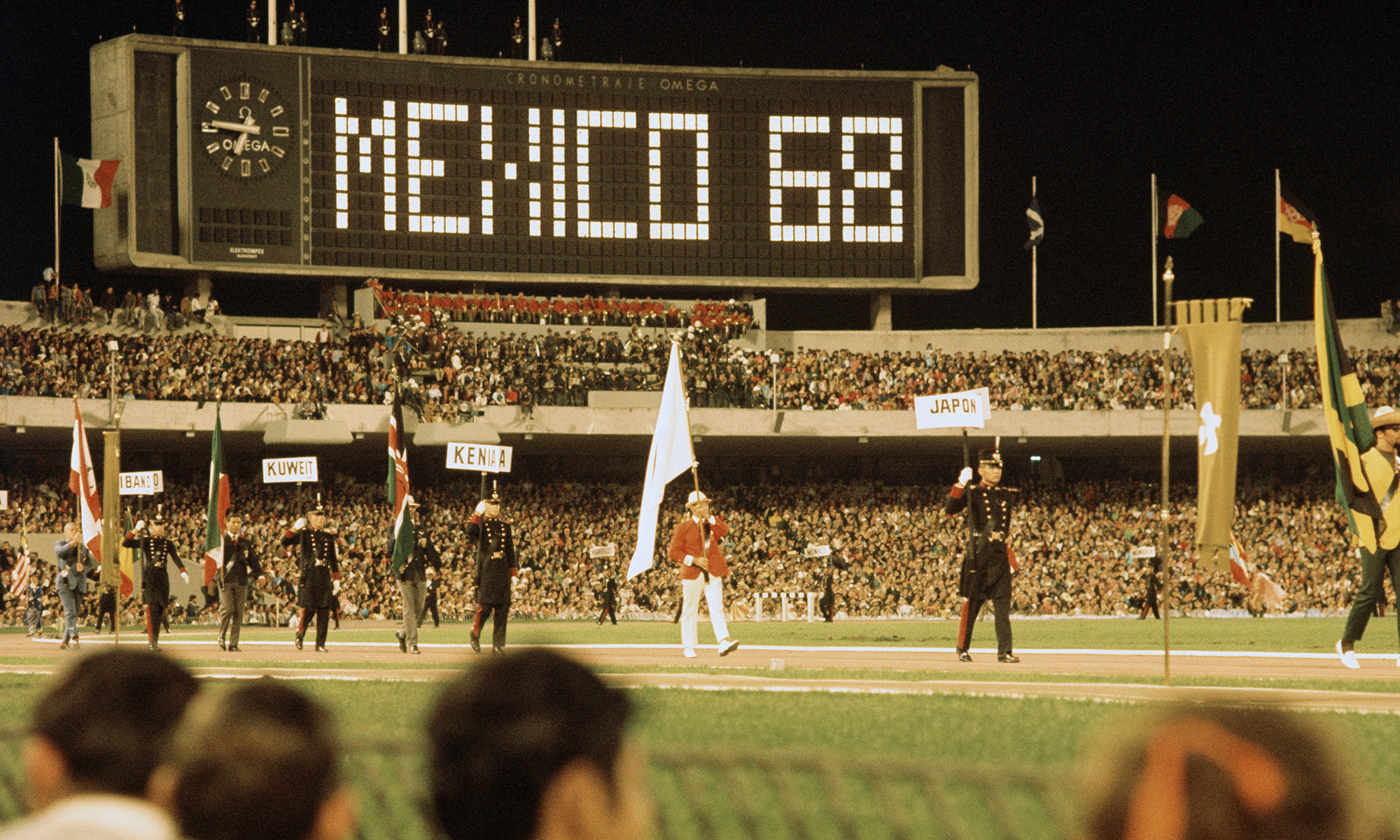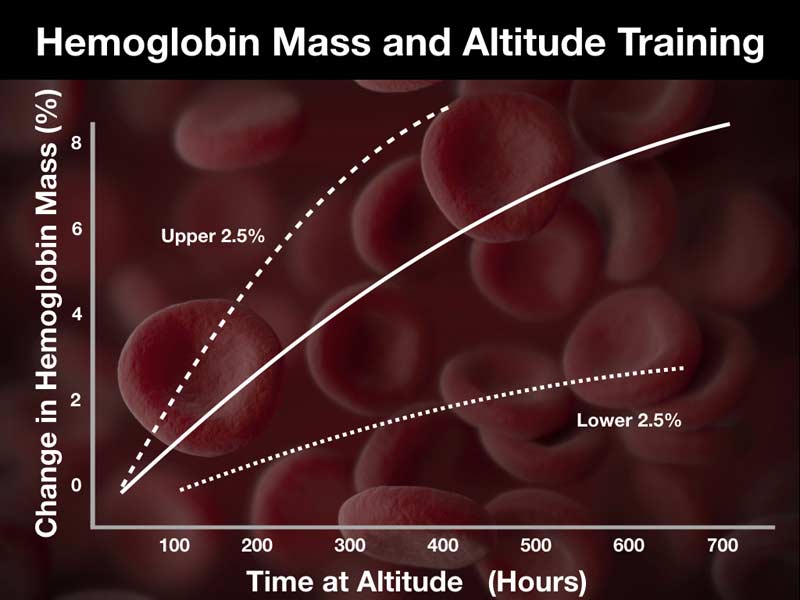THE SCIENCE OF ALTITUDE
THE CONCEPT
SIGNIFICANT RESULTS CAN BE SEEN IN AS LITTLE AS 8 SESSIONS*
Simulated altitude training works by immersing the body in an oxygen reduced atmosphere. After a while training in this unusual environment can cause the body to adapt in an effort to more effectively utilise the lower oxygen levels in order to produce the energy needed to train. As a result, heart, lungs, muscles and blood oxygen flow become more efficient and once back in normal conditions, we can become fitter, faster, stronger, improve our endurance or simply speed up our health & weight loss goals.
*Czuba et al. study (2011) and Faiss et al. study (2013)


THE HISTORY
MORE THAN 80% OF ATHLETES USE ALTITUDE TRAINING*
Altitude training has been around for more than 50 years and came to prominence at the 1968 Mexico Olympics (Mexico City sits at 2240m elevation) where a range of performance anomilies were attributed t o the high altitudee conditions.
Today, altitude training is used by the world’s elite athletes to significantly enhance endurance, power and speed to levels not attainable with normal training routines.
Interestingly, the notorious Italian physician, Dr. Michael Ferrari, in January 2013, stated that Lance Armstrong could have achieved the ssame levels of performance-enhancement through altitude training as he did from his doping procatices.
* Survey taken from medal winners from the 2004 Athens Olympic Games
THE RESULTS
SIGNIFICANT RESULTS CAN BE SEEN IN AS FEW AS 8 SESSIONS*
Training at altitude (a hypoxic environment) is scientifically proven to trigger a range of physiological responses not achievable in normal training programs as the body adapts to cope with reduction of oxygen taken into the lungs. These physiological adaptations include enhanced fat metabolism, boosted production of red blood cells and capillaries with an increase in mitochondrial volume density and a strengthened immune system, and can lead to significant improvements in your performance, health and fitness.
- Up to 37% more endurance (exercise-till-exhaustion)
- Up to 25% more efficient workout than at sea-level
- Up to 15% more weight loss
- Up to 9% more strength
- Up to 3% more power and speed


THE REAL QUESTION ?
The actual question should be ” Can these adaptations improve performance? ” The findings are controversial but most of the studies have found significant improvements on performance.
- Vallier et al 1996
- Terrados et al. 1988
- Geiser et al. 2001
- Roels et al. 2006
- Ramos-Campo et al. 2016
- Meeuwsen et al. 2001
- Dufour et al. 2006
- Hamlin et al. 2003
- Faiss et al. 2013
- Czuba et al 2013















